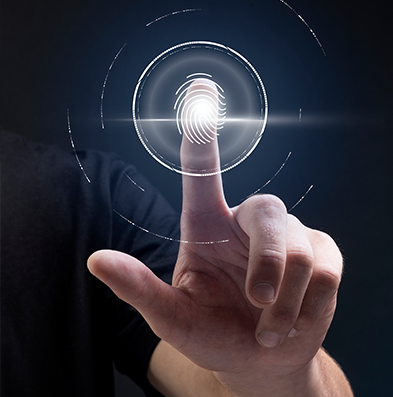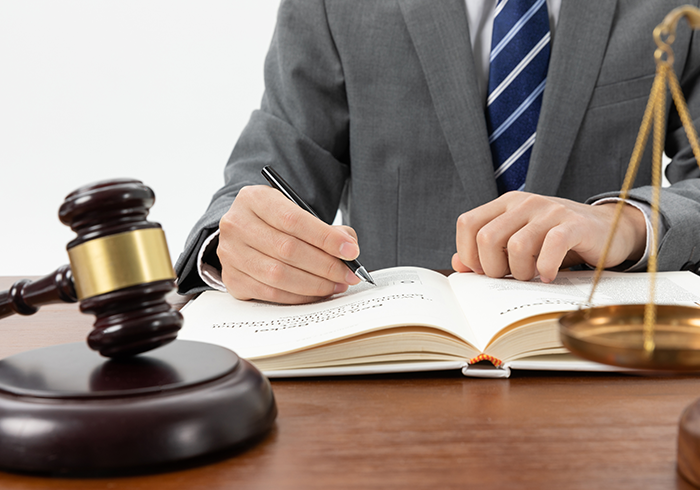
Biometric signature validation
The provisions of articles 281 and following of the Law of Civil Procedure (LEC) are applicable in relation to the taking of evidence, making it necessary to carry out an expert opinion in accordance with the provisions of the Articles 335 and following of this Law.
There is no computer tool that allows to automate the veracity or falsity of a graph or a dynamic signature. It is only possible through the intervention of an expert calligrapher, who will issue a personal value judgment. This expertise, as it cannot address technical issues such as integrity and audit trails, has a limited scope that must be complemented with the participation of a computer expert.
In addition, since it is an electronic document, it is necessary to provide the system with certain security measures that configure it as an electronic evidence that allows its accuracy to be validated in the future.
Sign to Sign ®, assumes the responsibility of collecting all audit trails, authenticating legal evidence and guaranteeing its integrity when signed electronically by ANF AC (long term). However, this generates a proof document which in turn is signed by ANF AC, all of which can be validated through the qualified service of ANF AC.
In summary, an electronic transaction whose legal security is based on the use of the biometric signature, has the lack of not being able to verify the truth or falsity of the documents it receives.
Any doubt you have in this regard, do not hesitate to consult our legal department.
Is there legislation or technical standards in biometric signature?

Currently there is no national or European legislation that supports this biometric signature technique, nor any European ETIS standard that can be used as evidence in court.
See more information about legal effectiveness.
Regarding international standards on the matter, the only existing one is ISO/IEC 19794-7:2007, “Data exchange format”.
This standard is limited to aspects related to technical safety.
There are no officially accredited auditors to issue certifications of compliance with this ISO.






 eIDAS Regulation European Regulation on electronic identification and trust services
eIDAS Regulation European Regulation on electronic identification and trust services